rogue echo bike – assault bike – schwinn AD4 – concept2 bikeERG
so. the initial plan was to compare the assault bike and rogues new echo bike to each other and to the classic AD4 – and bring up the bike erg as a different (bur still very useful) tool. after setting up the echo bike i truly think that the assault bike is as irrelevant as the AD4 – i will go into all the reasons why, but essentially what will follow is a discussion of the differences between the echo bike and the bikeERG, and also thoroughly explain why no-one should by an assault bike.
assault bike
rogue echo bike
Concept2 bikeERG
*disclaimer:
the assault bike used is from the initial pre-order with an updated computer. that also makes it 4 years old… now, in a way i am fine with that because the echo bike was only released last week and the bikeERG used was also a pre order and apparently one of the first 40 released. so the assault bike folks have had the most time to fix their issues, but also has the most wear and tear. i used a schwinn AD4 that was purchased used and was part of a commercial gym setup for years before it became my home use recovery bike.
now, on to the meat:
in short: i am a gym owner, before i made a big purchase i tried to find some answers concerning rogues new echo bike and C2’s bikeERG – when i couldn’t find anything i bought them both and compared them to the assault bike and a classic schwinn AD4. disclaimer number 2: i have been horribly disappointed with the assault bike, as a tool and as a product – as a user and as a gym owner. i will not try and hide that fact. disclaimer number 3: i bought all of these, this is not any sort of sponsored content – i was just annoyed that no-one else had answered these questions, so i figured that maybe some other gym owner might be wondering the same, so i am simply trying to be useful – if there are questions that i failed to address please feel free to email and i will try and update this.
the numbers
(there are a lot of assumptions going on here, mainly that the companies had an accurate measurement of watts – but if not perfectly accurate, the numbers do give an idea of “feel”. i chose watts as opposed to calories because each company can use their own algorithm to calculate calories burned, but the watts should translate across the board. it is also important to note that the bikeERG is a different tool. there are no arms, so legs only – and without clips and being an unskilled cyclist it feels like quads only, and a damper to adjust the air resistance. the numbers for the the ERG are the range using the damper at 1 on the left and 10 on the right. also for transparency sake: the test was done in detroit michigan, on a cold, dry evening)
schwinn AD4: this was the baseline – it is what i got used to over years of training so its gearing is my favorite. the frame twists if you ride it hard enough and the mechanical parts were never made to be used for truly hard intervals. monthly maintenance was part of having them around and we broke more than one. the computer always worked although this model only updates information every 5 seconds which is infuriating. the calorie algorithm was also extremely generous – at least compared to all the other tools in this review.
assault bike: as i stated – i hate these fucking things. now, most of that hate comes from broken promises and failed potential. they were touted as an air dyne built to be used. the computer (when i pre ordered) was supposed to have bluetooth connectivity, an app, totally programable and have memory. what i got was an air dyne with a slightly sturdier frame (only some bigger athletes will cause the frame to bend while riding) and the resistance geared way up. they advertise that heavy duty bearings were used – but the problem is the connection between the pedals and swing arms – the short levers are connected via square pegs and a compression bolt. the parts seem to have loose tolerances and either never seem to get tight enough, or practically weld together making replacing them impossible without replacing multiple parts and hoping you dont break too much in the process. also the computer is awful – cheap to the point of being offensive – i really think it is hot glued together as opposed to welded, we have had numerous ones break, buttons stop working, or just turn off because the connection to the battery is poor.
echo bike: it feels like a rogue product – heavy as hell, extremely smooth and responsive, there is absolutely no play (again, it is about 3 days old) in any of the moving parts. all the bearings are 2-3x more robust than the assault bike, and the thing is sturdier than my truck. the seat is more like an AD4, the computer is a *slightly* improved version of the assault bike one – frankly, it feels cheap. doing intervals can be frustrating because the wattage is calculated over the entire piece and so your rest interval is calculated into your average and there is no breakdown of the parts – which i feel is a lost opportunity. also there is no memory, no ability to recall numbers or to save frequently used programs. now i do not do crossfit – maybe those details are not used, but after getting used to the concept2 PM5 from the rower i really dont understand why other companies can never seem to come anywhere close to that usefulness. also – if anyone from rogue reads this please give me a readout of the projected finish – (or an option to upgrade to a better computer) it can’t be that hard.
bikeERG: first statement it that it is a trainer – not a fan bike. the clutch is a bit strange and if you are an inefficient cyclist you will feel a dead spot at the bottom, a little deliberate practice will smooth that out. the big thing with the traditional fan bike is the ability to move the pain around – pushing or pulling with the arms can keep the worst of it away from your legs. with the erg that is not an option. clip in shoes can help but ultimately it is a tool for cycling first, and fitness second. now, if you can accept that – the bikeERG is incredibly versatile. the damper can allow you to fine tune the flavor of discomfort you are looking for – at 1 it is easy for me to get in the 120-130 rpm range and try and drive my oxygen consumption through the roof, with the damper at 10 though it feels like riding a bike through loose sand. getting up to 100RPM with that setting took a few attempts and it makes my quads feel like they are going to explode. again, clip-ins allow to get more hamstring engagement but it is important to remember that if you are looking with fitness goals in mind it will be useful to read up on cycling specific training so you can better understand how to adjust the damper in order to send the signal you want. the damper options coupled with the versatility of the computer can really help fine tune specific areas of your fitness.
construction notes:
one of the most frustrating parts of the AD4 and the assault bike was how often they would break – the assault bike used square pegs and compression to link the crank to the swing arms and the drivetrain, and everyone who i have spoken to has had problems. the good news is that the folks at rogue seem to have paid attention and – as far as i can tell have fixed every issue (save the computer)
schwinn AD4

assault bike
rogue went with a wildly overbuilt crank arm that attaches via compression fitting over a fluted rod.
this is an above shot of the rogue bike after the shroud has been removed – you can see the crank arm on the left at the bottom – on the other side of the plastic guard is a circular steel plate – looks about 4″ in diameter and at least 1/4″ thick that the fluted rod is welded to, effectively eliminating all the crank arm problems with the other 2 airbikes.
without the swing arms, c2 had a much easier task and the crank arm feels completely solid
rogue also put the pedal/swing arm linkage bars inside the fan cage, and attached the handles via the same fluted rod/grooved compression system that gives an incredibly solid feel that shouldn’t shake loose through regular use.
echo bike with shroud removed
close up of one of the belt tensioners
the belt is set off center in the fan cage with a second tensioning device nearby – taking this thing apart looks like a bastard, but it also looks like there will be no reason to do so (fan can be moved like the other airbikes if the tension needs to be adjusted)
c2 has this fast cam styled adjuster for the seat post and handle bar – if the crank is loosened you can pull the bars or seat up easily and it will not slide down, then just tighten it at what ever level you like.
final word:
the echo bike is everything the assault should have been (except the computer). it is built incredibly well and the slightly lighter gearing (watt/rpm) makes it a more useful tool. it does lack the data feedback i truly love, but i feel that i wont have to be fighting every week to keep it up and running. mechanically both the echo bike and the C2 seem to be well built and have strong, responsive companies behind them. in the past 4 months we have put over 2 million meters on the bikeERG and aside from the initial re-tightening of bolts it seems to require about as much maintenance as the rowers (zero). with the versatility of the damper system as well as the data available from the PM5 it is an incredible tool, if you are willing to put in a bit of work to understand how to fine tune the message. in short, i am glad to have both. i just bought 3 more bikeERGs for the gym, and while i only have 1 echo bike, i plan on trashing my old assaults and replacing them. with the echo bike you can throw anyone on and find the end of their rope. it is a simple tool, a little “dumb” perhaps, but it feels amazing and, at least right now, seems unbreakable. the bikeERG (according to a cyclist friend) is accurate, precise, and data driven. it can crush your legs and your lungs in a few different ways, but there is a learning curve both in use and programing/application.
please ask any questions via instagram
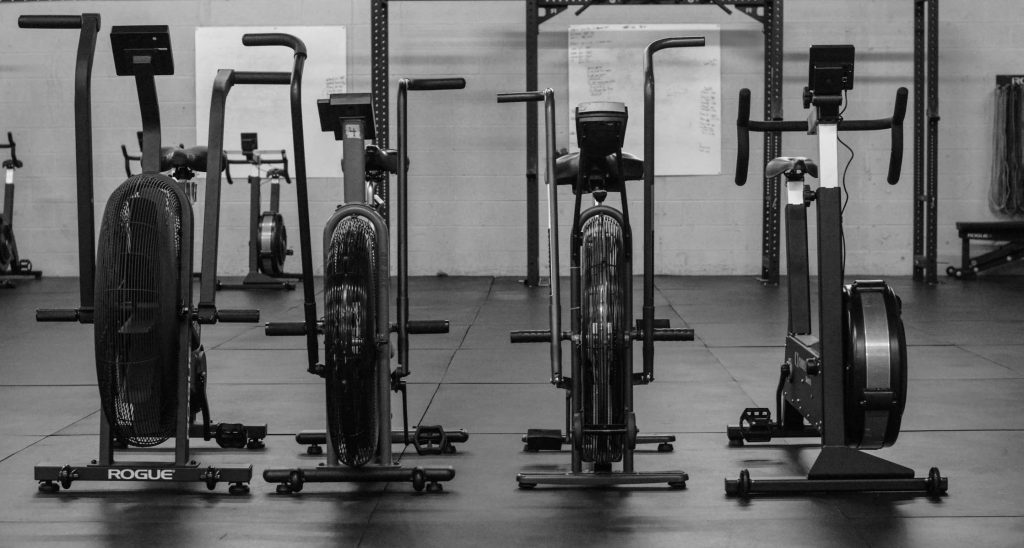
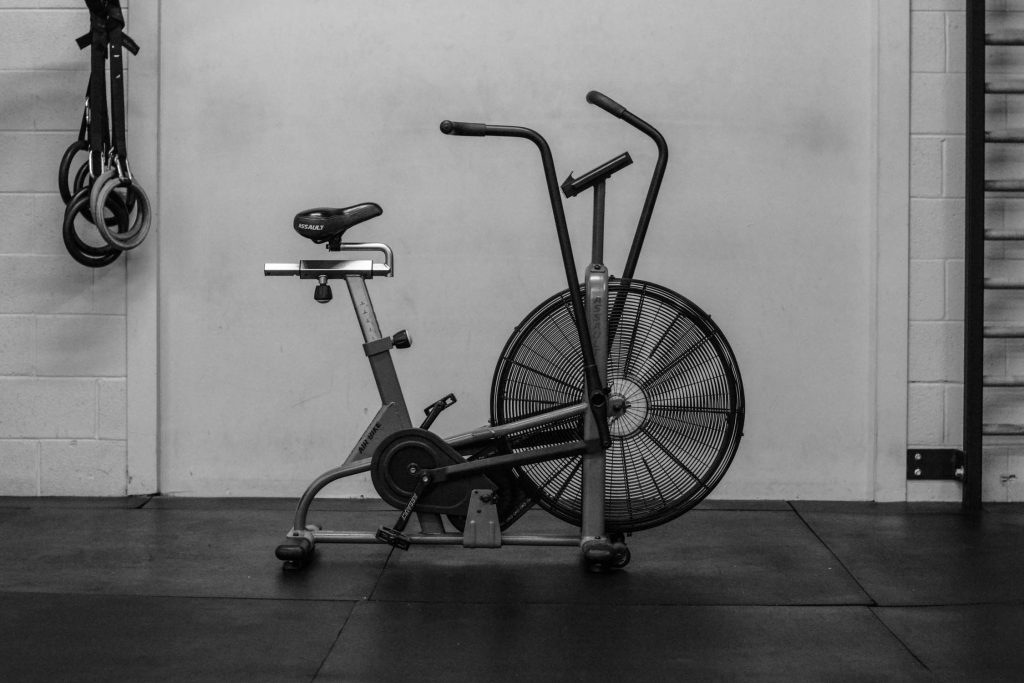
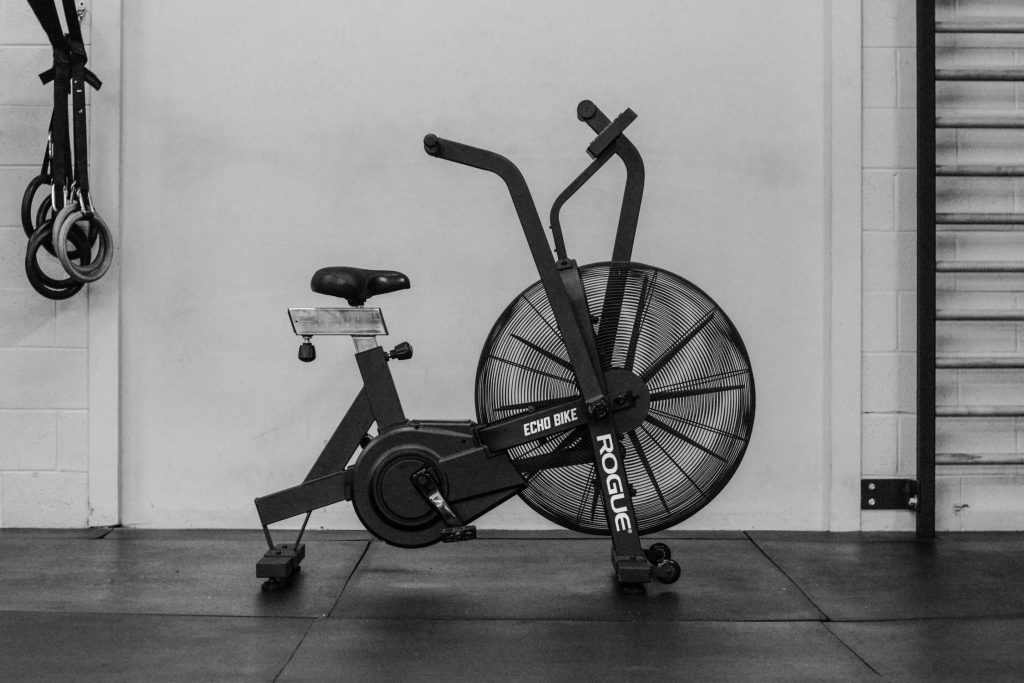
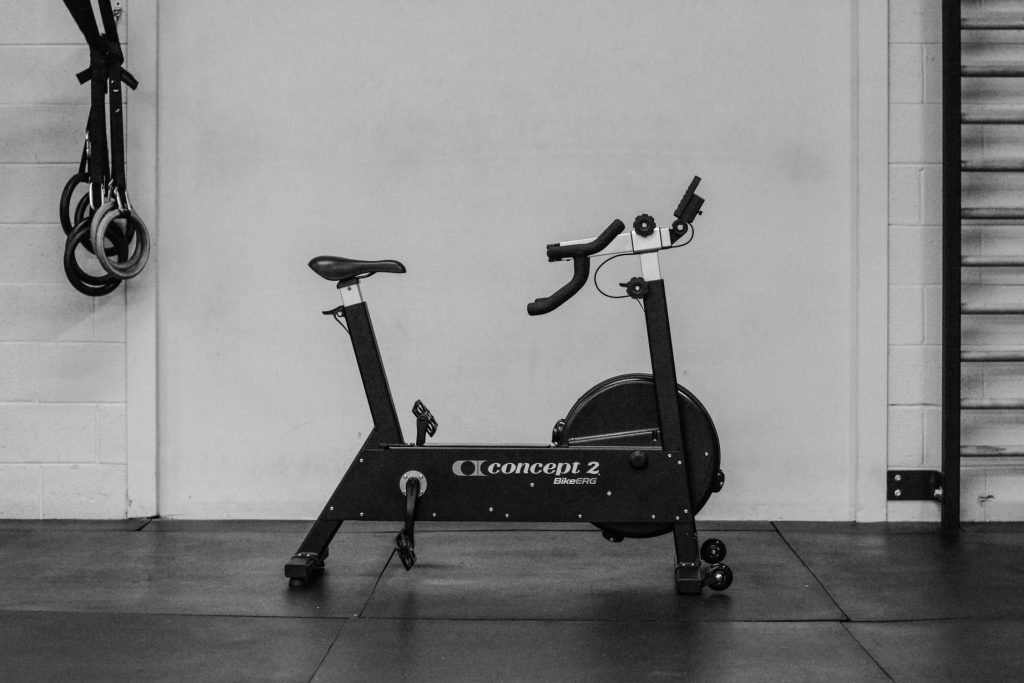
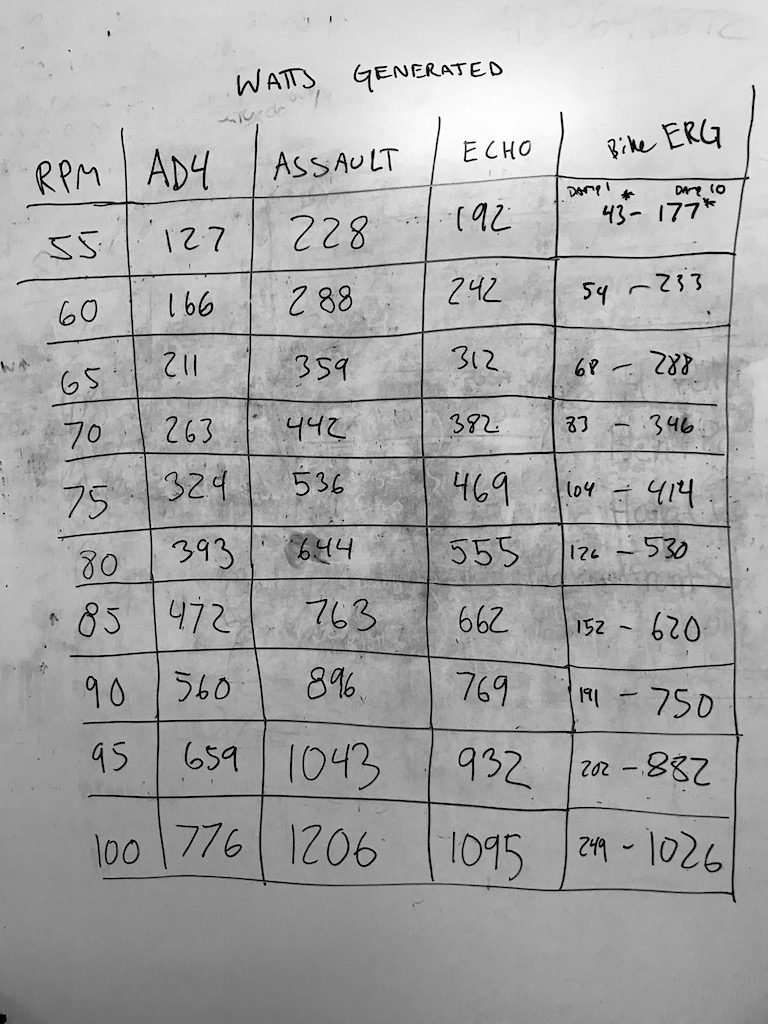

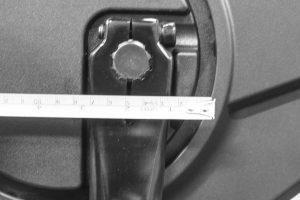
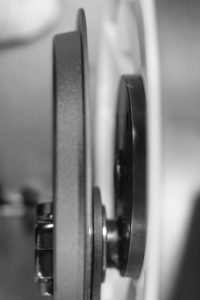
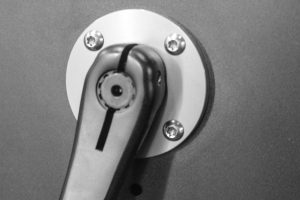

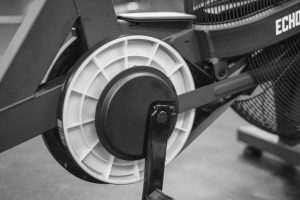



… [Trackback]
[…] Find More on to that Topic: station515.com/review/ […]